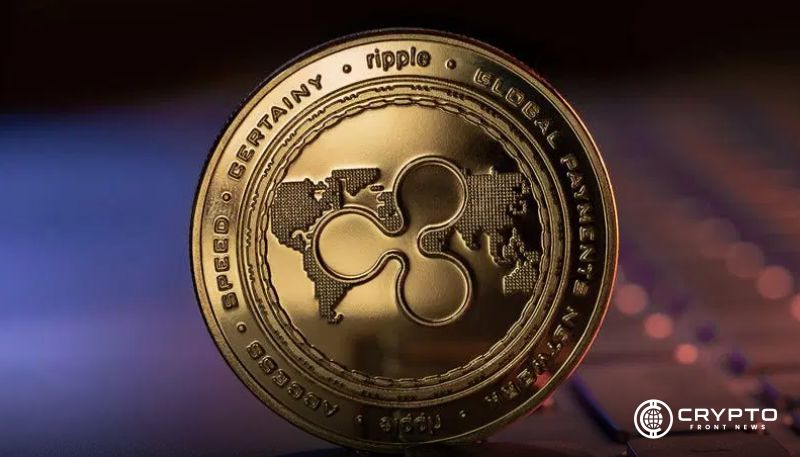- David Schwartz, the CTO of Ripple, explained that the distribution of XRP did not occur as an ICO, and it was not an activity that was stimulated by capital.
- Ripple reiterated its RLUSD stablecoin runs on both the Ethereum and XRP Ledger networks, showing that the former is still an active point of use of its own infrastructure.
- Caitlin Long’s criticism of XRP’s structure reignites concerns over trust, but Ripple counters with technical transparency and decentralized validator control.
Ripple CTO David Schwartz has blown off allegations that Ripple did an ICO and that XRP runs on a centralized platform. His reaction appears as a reaction to backlash by Custodia Bank CEO Caitlin Long, who criticized Ripple in regard to the distribution of its token and the use of Ethereum. The XRP discussion intensified after Long suggested that institutions might reject it due to these issues.
Schwartz stated that Ripple did not hold an ICO and that XRP had zero market value at launch. He confirmed the full 100 billion XRP supply was placed into a Genesis account with no public fundraising. Therefore, Ripple positions its launch model as separate from Ethereum, which raised capital through a token sale.
The Ripple CTO emphasized that XRP was not sold to raise initial funds and remained freely distributed without investor obligations. This clarification was meant to counter ongoing comparisons with Ethereum’s early development strategy. Furthermore, Schwartz welcomed any direct dialogue with Long to discuss the XRP launch in detail.
A well-known XRP Ledger validator supported Schwartz’s response, adding that Long’s claims about centralization were incorrect. The validator confirmed over 1,000 nodes and more than 100 independent validators operate on the network. These validators are not under Ripple’s control, allowing broad participation and technical transparency.
Stablecoin Launch Raises Questions on XRP Ledger Usage
Long also criticized Ripple’s decision to issue its stablecoin, RLUSD, on Ethereum. She questioned why Ripple would bypass the XRP Ledger if it was still considered the company’s core infrastructure. The validator responded to this by stating that RLUSD works on both XRP Ledger and Ethereum.
The former re-emphasized that Ripple Payments still operates on XRPL infrastructure, a sign of its constant support of its ecosystem. RLUSD’s dual presence serves broader compatibility without undermining XRP’s role. The validator clarified that XRP Ledger still receives consistent updates through the amendment system.
He mentioned that XRP Ledger features a native decentralized exchange and long-standing tokenization tools. These tools have existed since the network’s early phase and support current use cases. The validator also claimed that development remains active with steady liquidity on the ledger.
XRP Remains a Target of Institutional Doubt
Caitlin Long stated that XRP lacks institutional trust due to structural concerns. She said the network is too centralized and questioned its long-term value. However, Ripple leaders maintain that XRP’s foundation offers transparency and openness through accessible validator participation.
Long also pointed to Ripple’s slow progress in replacing financial systems like SWIFT. Ripple has maintained its approach and continues building XRP adoption through partnerships and integrations. Still, Long’s remarks highlight persistent industry skepticism regarding XRP’s purpose.
The public disagreement between Ripple and Long has reignited debate around XRP’s design and future relevance. Schwartz and others have invited further discussion to clarify ongoing misconceptions. Ripple continues defending XRP’s model amid renewed criticism from banking sector voices.






